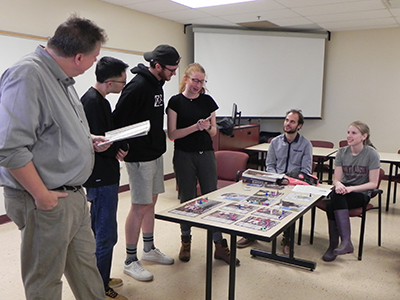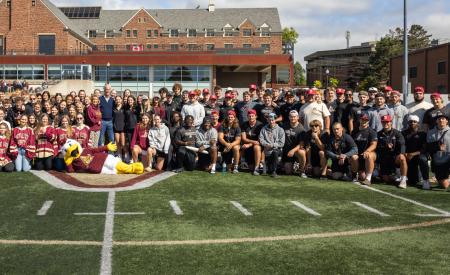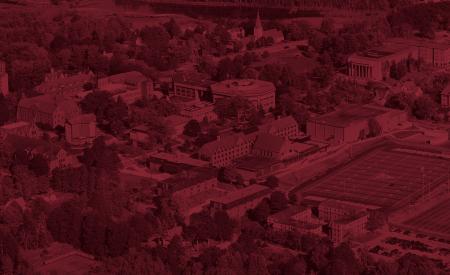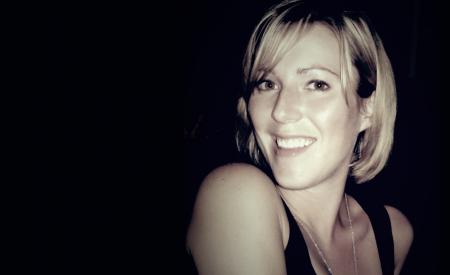Politics and international relations students simulate real-world events in class
 Politics and international relations (IR) classes at Mount Allison put theory into practice with students from several classes participating in simulations of actual political and international events as part of their course work.
Politics and international relations (IR) classes at Mount Allison put theory into practice with students from several classes participating in simulations of actual political and international events as part of their course work.
Simulations have students actively engage with course materials, developing their ability to work with others and their critical-thinking and problem-solving skills. Classes have covered events such as negotiations of the Iran nuclear deal and meetings of the United Nations Security Council (UNSC).
“I’ve been able to do so many different simulations in various classes, such as with think tanks and in governance situations, but what remains true is that they all challenge my assumptions and conceptions of how easy it is to make decisions,” says honours political science student Paige Percy. “I learn so much more in a simulation because it resembles what actually happens in the world every day."
In Global Governance Simulation, taught by international relations professor Dr. Dave Thomas, students studied the in-depth workings of the UNSC. The first month was spent looking at the academic literature about the Security Council with students assigned to particular countries that are on the Council. The bulk of the course was simulations of the UNSC meetings in different scenarios chosen by the class based on contemporary relevance.
“These could be an escalation of the hostilities in Syria, where the Council would be called to react to the situation and potentially even take action, authorizing peacekeeping troops or passing a resolution condemning the actions of a particular state. Last year we did a scenario in Venezuela, as it was often in the news,” says Thomas.
Students came to class prepared to deliver opening speeches on the situation Thomas gave them and then crafted resolutions to deal with it.
“Students really love it,” says Thomas. “They create chat groups to communicate with each other outside of class, so state allies can collaborate and co-sponsor resolutions. They come with a real enthusiasm. That is a fun part for me.”
Dr. James Devine uses simulations in his IR classes to show the complexity of certain world events, like the Iran nuclear deal, which from the outside looks relatively straightforward.
“It seems obvious how one event leads to another and it looks like that is the only way it could happen,” says Devine. “When you are actually in it, and this is what they see in a simulation, there are multiple outcomes.”
In politics, Dr. Mario Levesque’s course, Federalism and Inter-governmental Relations, is entirely a simulation with the final exam being a federal-provincial First Ministers meeting.
Students take turns being the premier for their province and Levesque plays the Prime Minister. They explore issues such as healthcare or a new environmental policy and try and get agreement among the provinces on the issue.
“What I am trying to do is get the students to realize the divergence of opinions and how hard it is to get agreement across the different provinces with their different perspectives on the issues,” says Levesque. “Not getting agreement is just as important as getting agreement because sometimes it is not possible to get agreement given provincial diversity.”




